(QNO) – Extreme hot weather causes large fluctuations in environmental factors in aquaculture ponds, leading to shock and disease in farmed aquatic species.
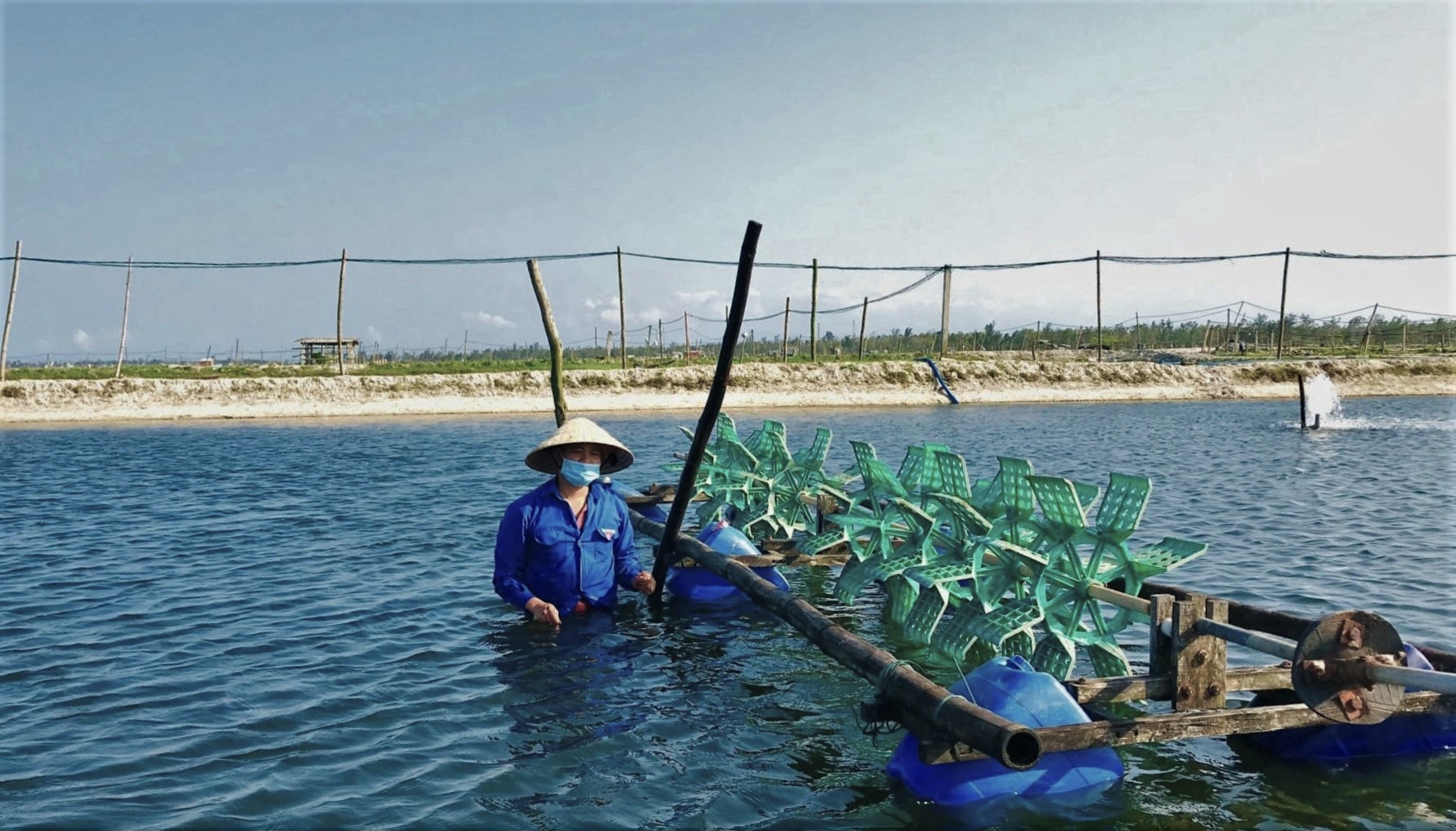
Disease attack
Mr. Do Van Tu (Quy Ngoc village, Tam Phu commune, Tam Ky city) said that last May, after releasing 100,000 shrimp fry, they were completely lost due to disease and suffered losses of more than 30 million VND. Determined to invest in shrimp care techniques, Mr. Tu's pond is currently applying shrimp farming according to the correct procedures and recommendations of the authorities.
“Recently, the prolonged hot weather has caused shrimp to suffer from some diseases such as pink body, white feces... After testing the water quality, I added probiotics and lime to neutralize the alkalinity and pH in the water and increase resistance. In addition, the aeration system operates 24/7 to provide oxygen for the shrimp,” said Mr. Tu.
Similarly, Mr. Nguyen Van Muoi shared that, in the face of severe weather, it is necessary to reduce the amount of food and the number of meals for shrimp. At the same time, during the peak sunny period of the day from 9am to 4pm, the number of fans running must be increased to reduce the water temperature.
“We must run the water fan continuously to provide oxygen for the shrimp and add probiotics in their meals to increase their resistance and stabilize their intestines,” said Mr. Muoi.
In Tam Phu commune, there are 75 hectares of aquaculture, mainly shrimp. However, due to acute liver and red body diseases, nearly 30 hectares were damaged.
[VIDEO] - Shrimp care in hot season:
According to the Department of Agriculture and Rural Development, the total output of aquaculture products in the first 6 months of 2023 reached more than 15,000 tons, of which shrimp output increased by 4.2%. Currently, shrimp farming areas in the province have stocked nearly 2,000 hectares and fish farming over 2,100 hectares. In recent months, the hot weather has caused many shrimp farming areas to be infected with diseases, especially diseases caused by viruses that cause shrimp to die very quickly.
The area of shrimp affected by disease is estimated at 142.8 hectares, of which 20.8 hectares are affected by white spot virus, 2 hectares by acute hepatopancreatic necrosis, and 98 hectares by changes in environmental factors. In addition, the price of commercial shrimp tends to decrease, affecting the farming plan for the last months of 2023.
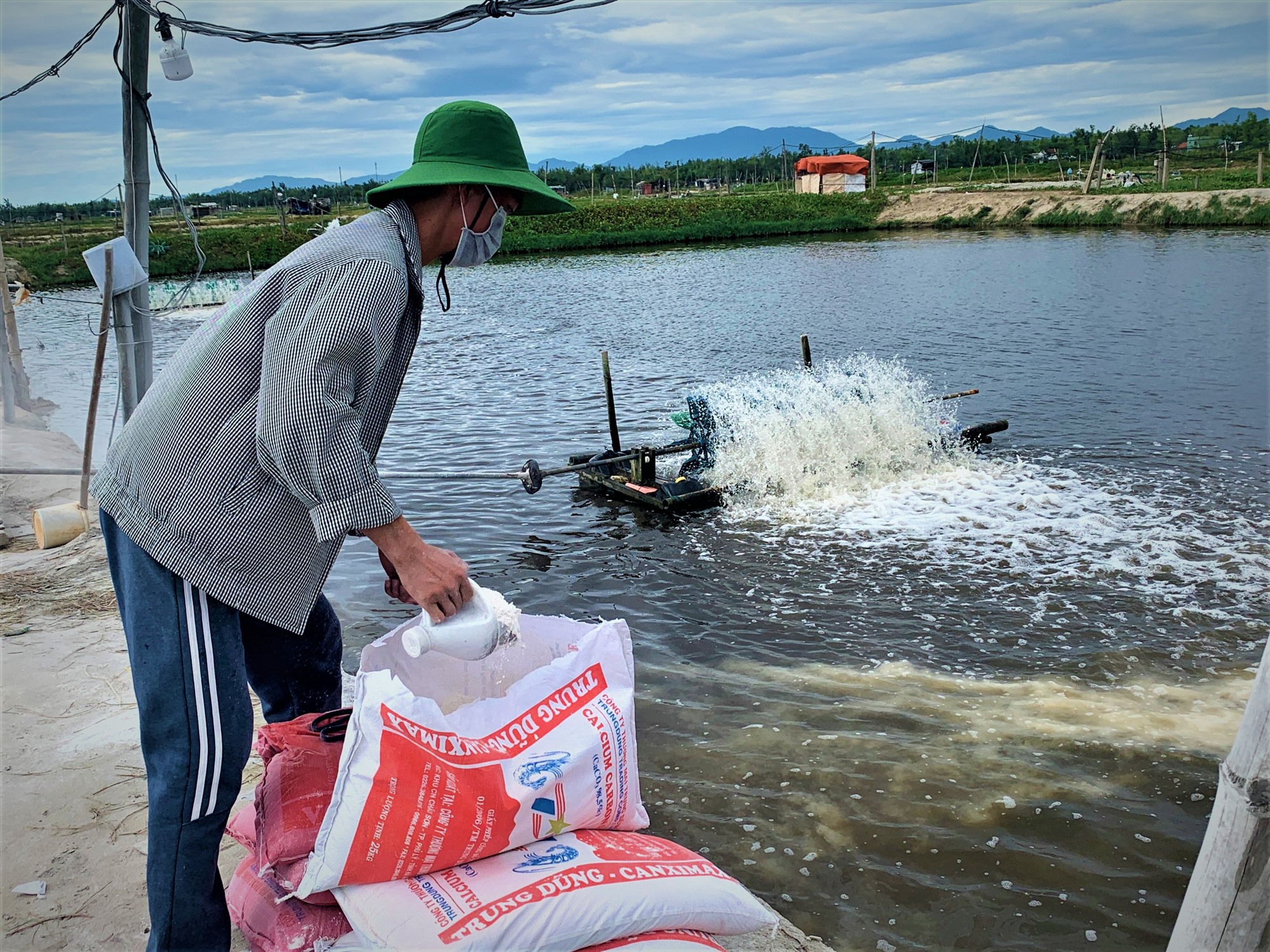
Closely monitor the farming process
In order to minimize the negative impacts of hot weather and unusual developments affecting aquaculture activities, districts, towns and cities with aquaculture activities should strengthen the work of informing the results of monitoring, warnings about the environment in farming areas, and preventing aquatic diseases from veterinary agencies and environmental monitoring units to farmers to proactively prevent, avoid and minimize damage.
At the same time, guide aquaculture organizations and individuals to apply some technical measures to manage and care for farmed aquatic products such as using nets to cover the surface to limit direct sunlight on ponds and cages.
Adjust the daily food intake to suit the health status of farmed aquatic animals, avoid excess which causes waste and pollution of the aquaculture environment. Periodically add vitamins and minerals to the food to increase the resistance of farmed aquatic animals.
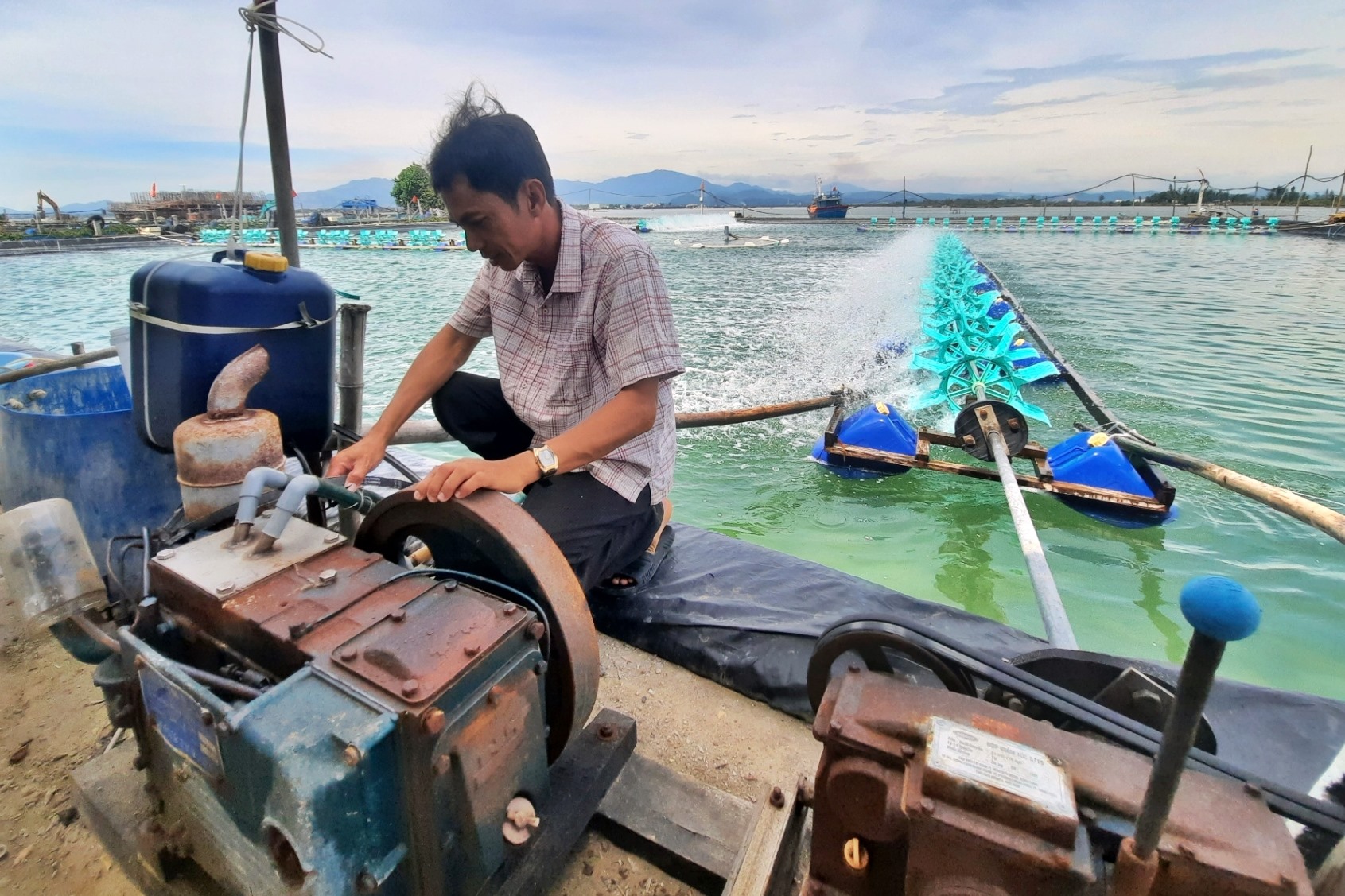
Regarding treatment measures, Director of the Department of Agriculture and Rural Development Pham Viet Tich noted: “Units and farmers need to increase water fans to increase oxygen, add biological products to treat the environment, clean the pond bottom, limit the growth of harmful microorganisms... so that farmed aquatic products can grow healthily. And especially when aquatic products die, they must not be discharged into the outside environment, and veterinary and aquatic agencies must be notified to take timely treatment measures.”
Source


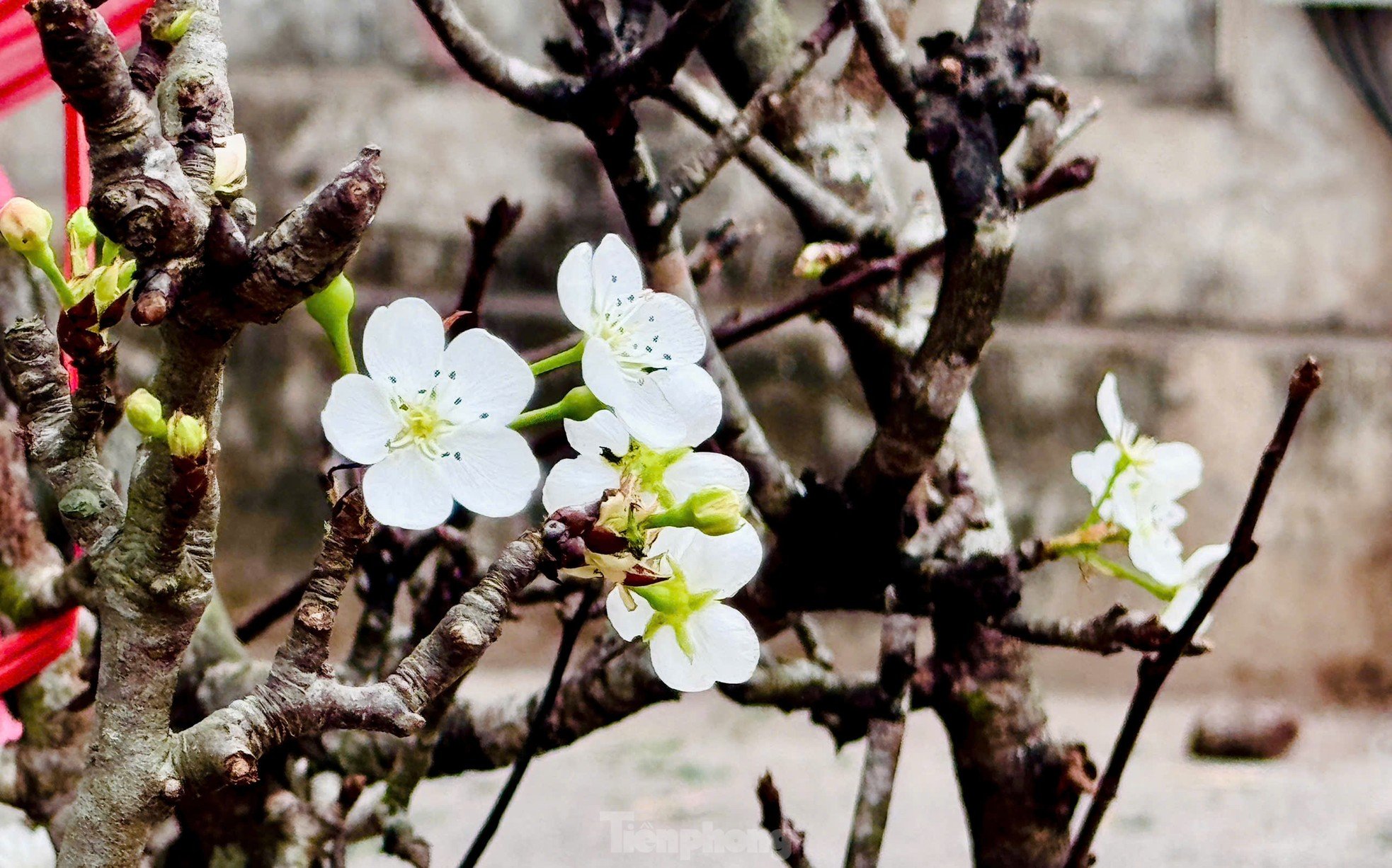


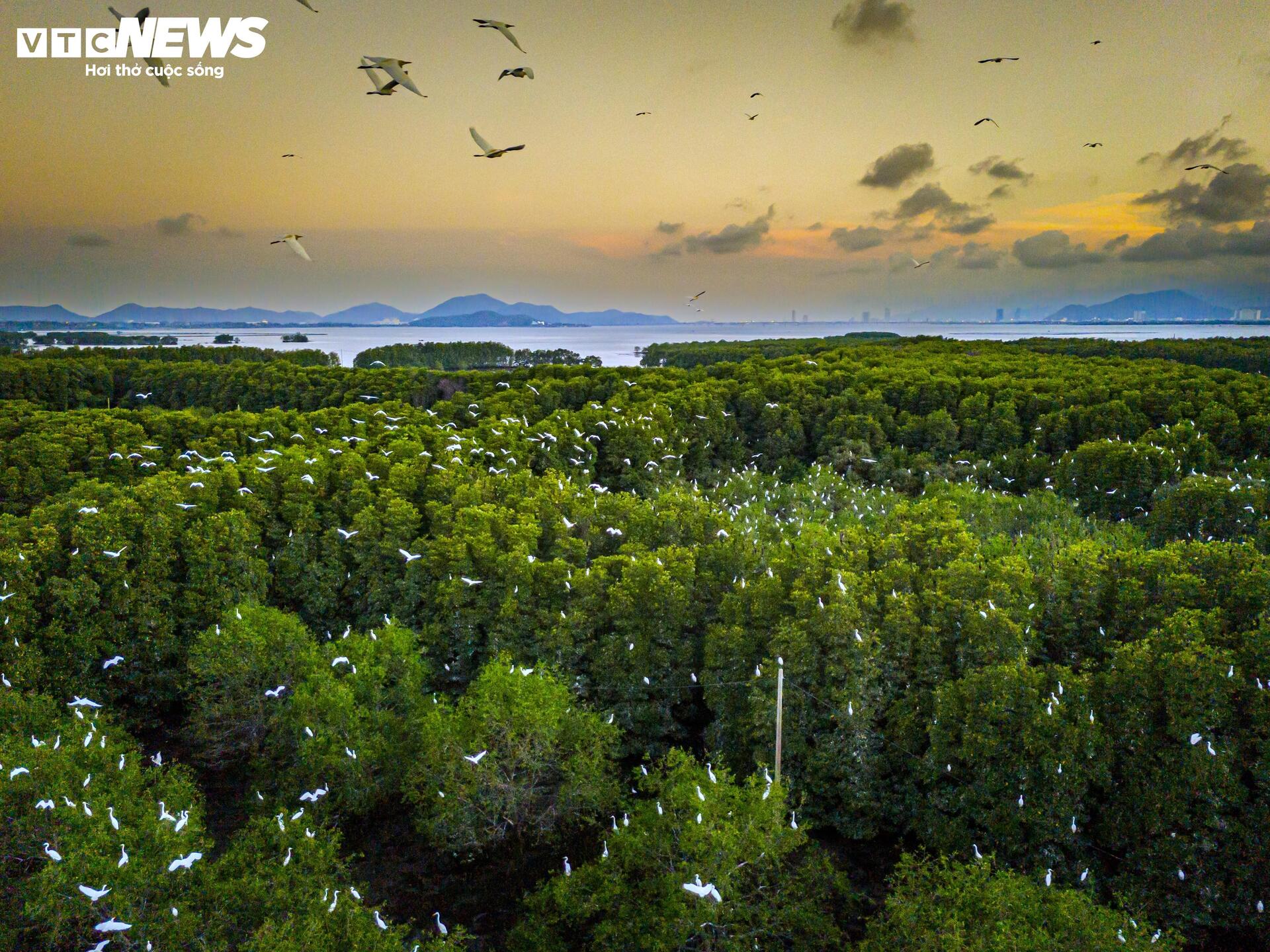
























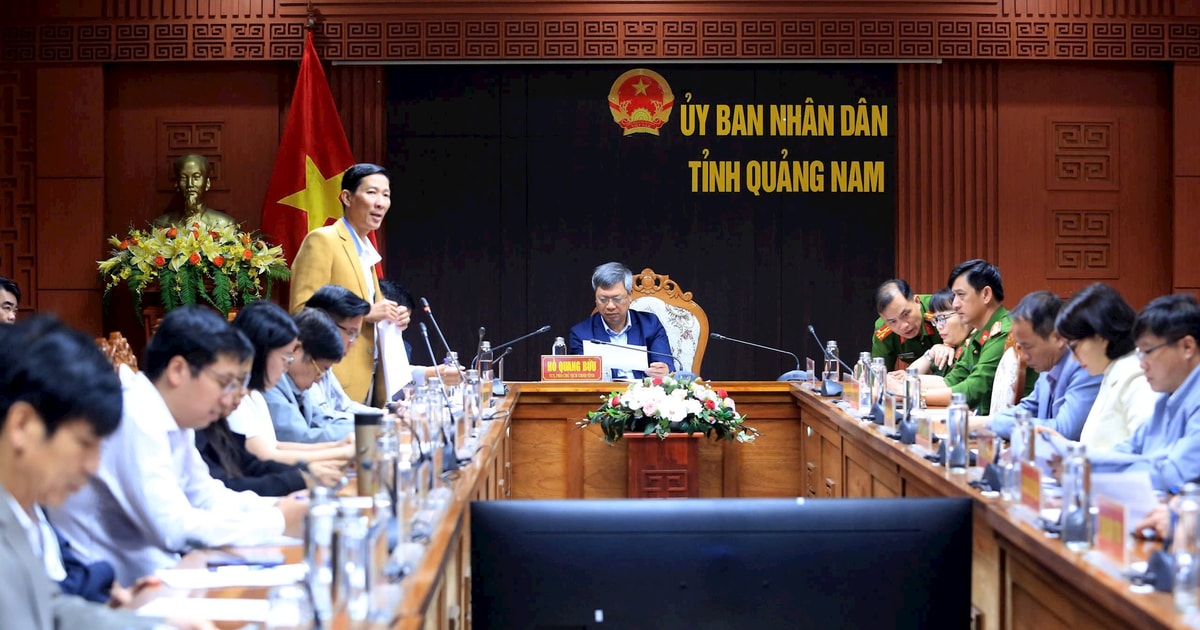
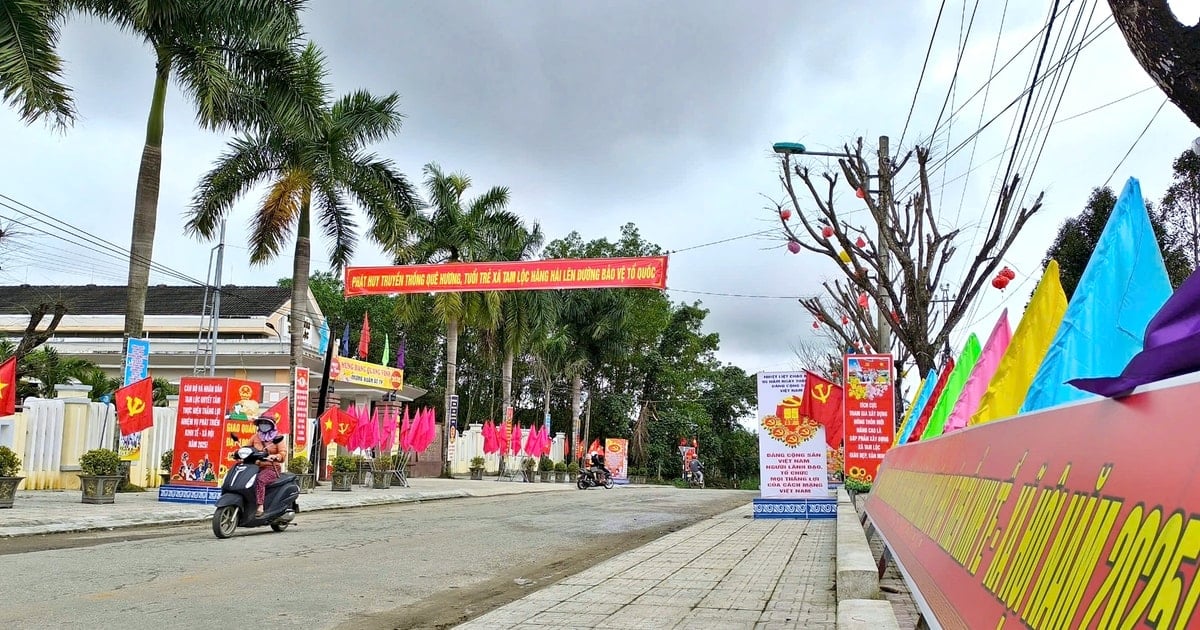

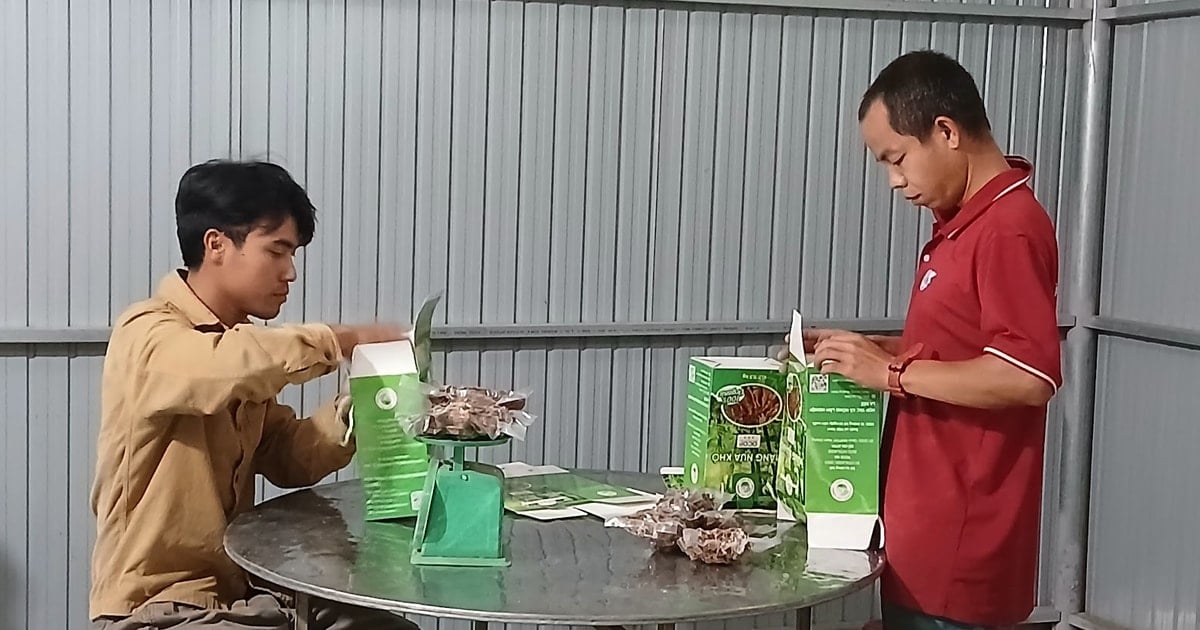
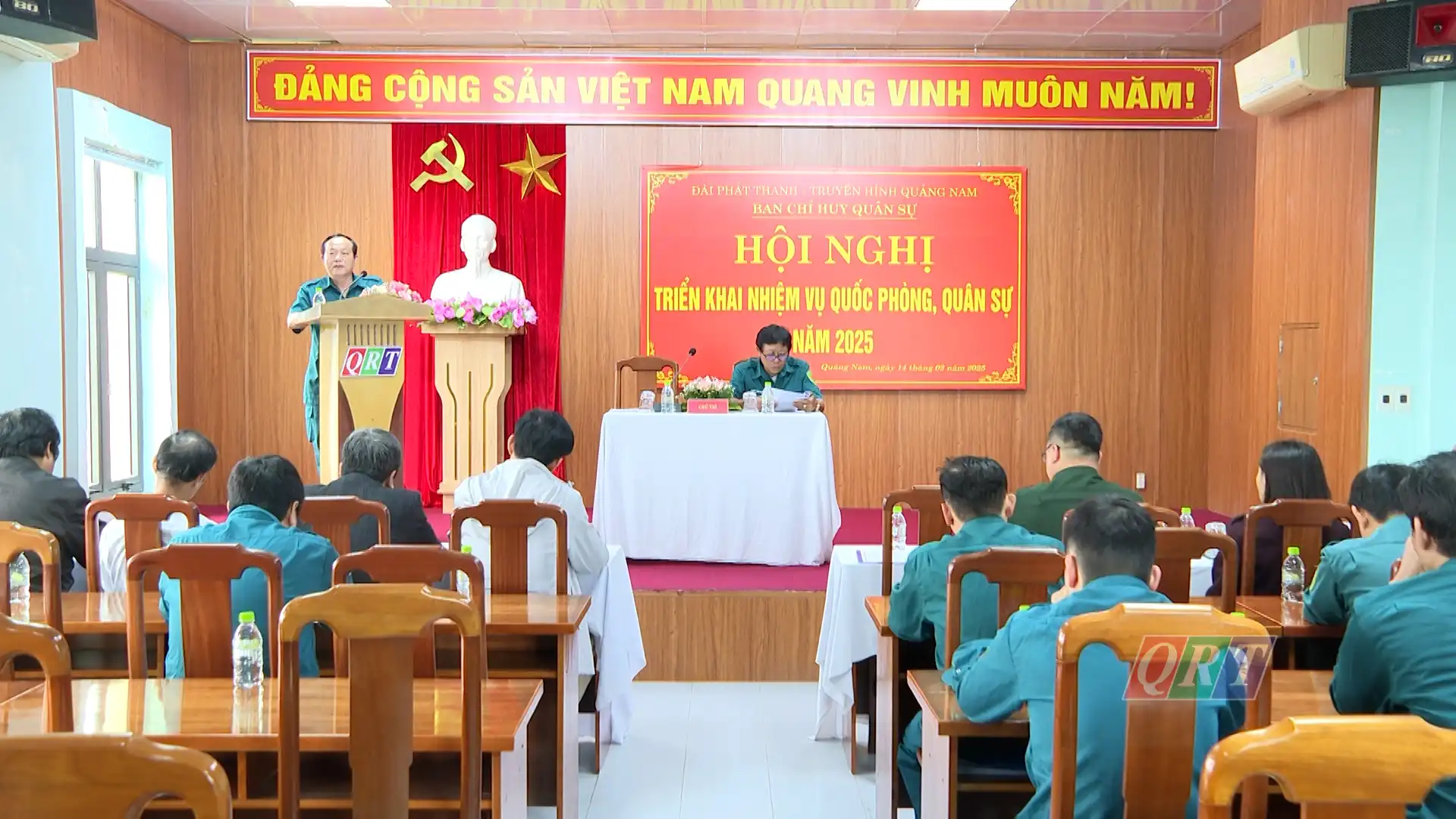
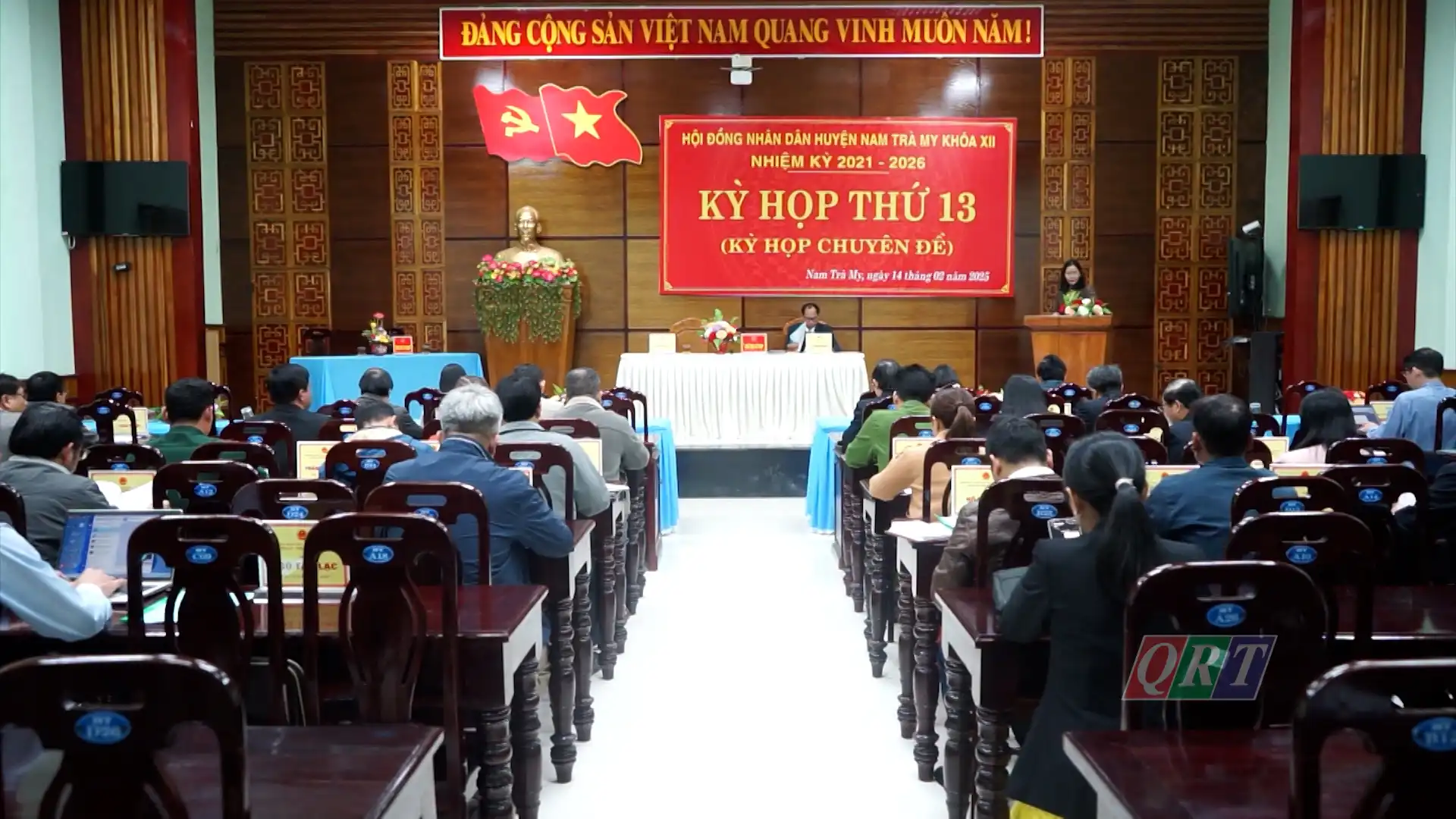
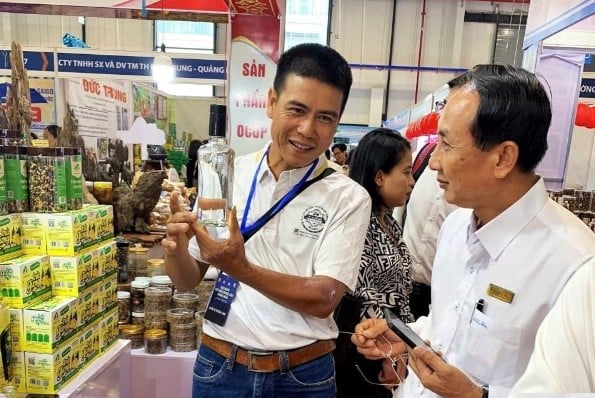
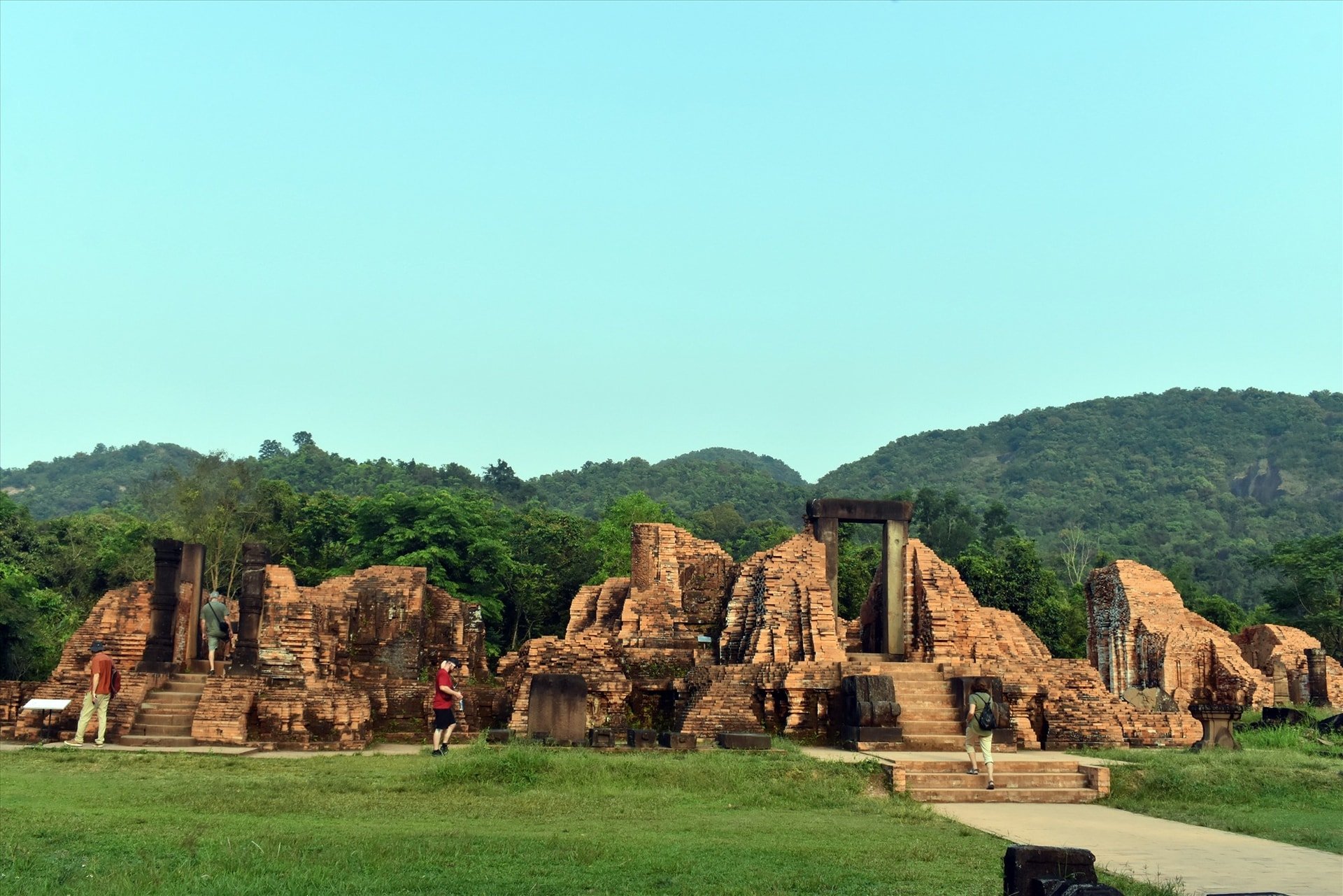
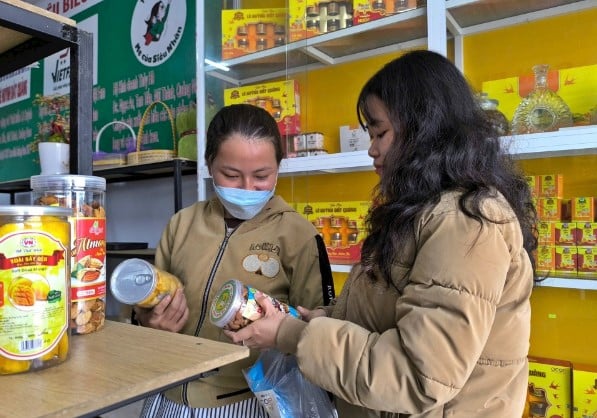
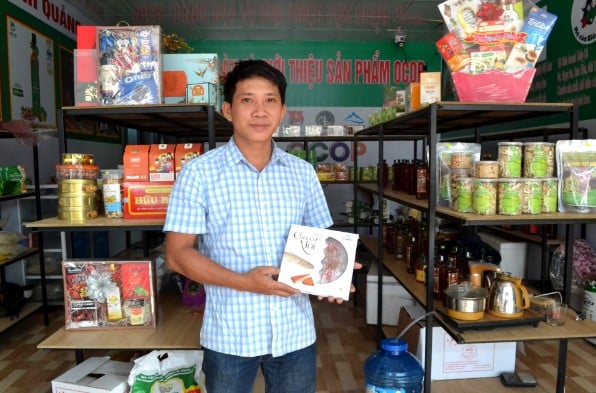

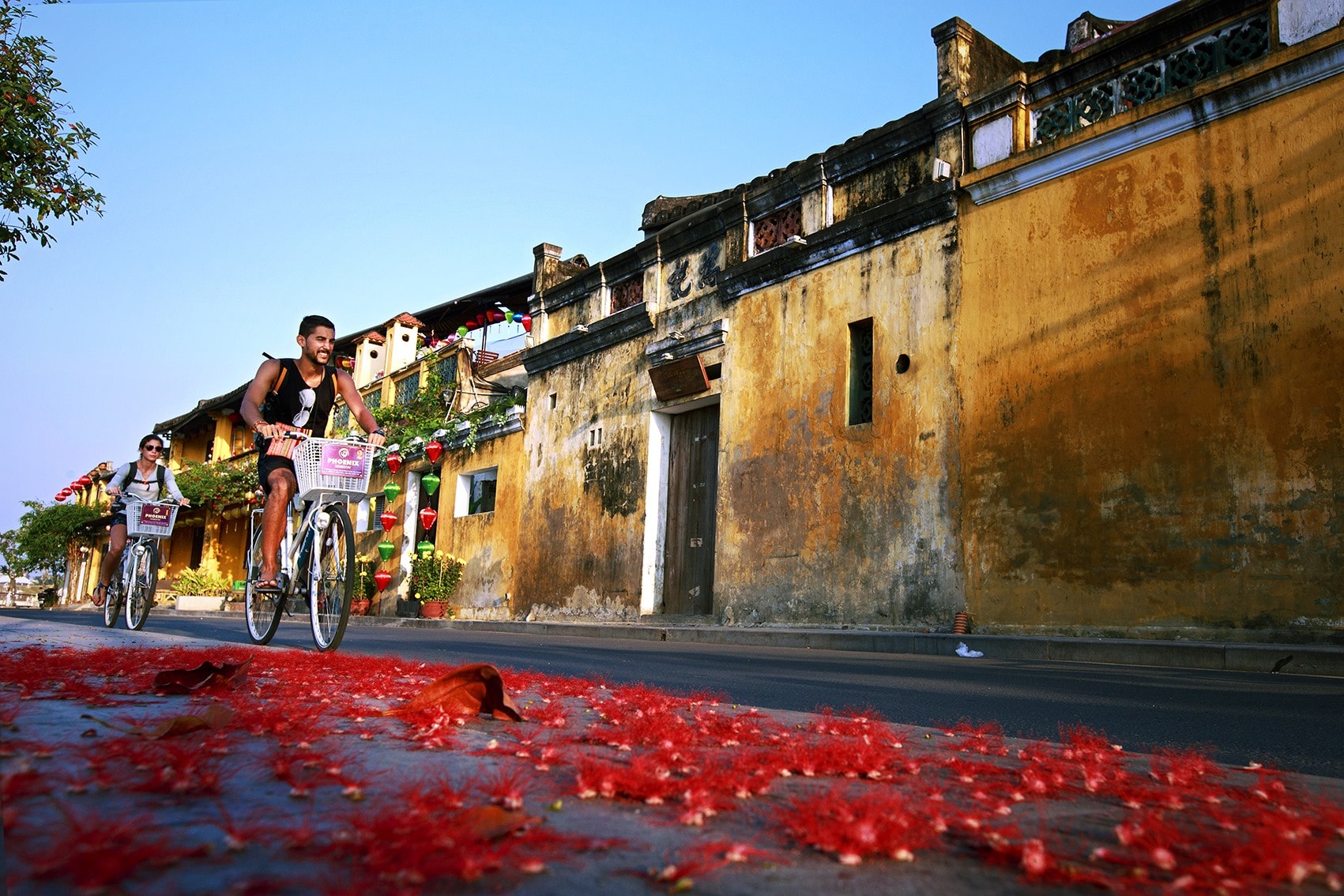














Comment (0)